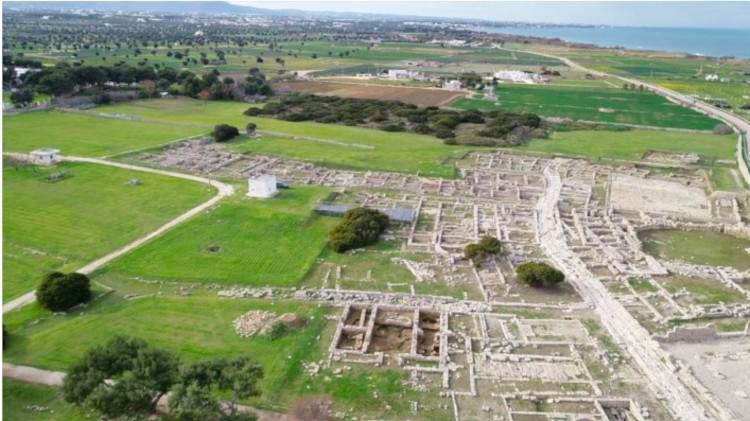More enhancement to archaeological parks: eight pilot sites chosen for major project
The e-Archeo project involving eight national archaeological sites with the aim of enhancing them from a multimedia and technological point of view was presented yesterday. The eight parks will be pilot sites for the enhancement of Archaeological Parks. Commissioned to ALES spa by the Ministry of Culture, the e-Archeo project was carried out in collaboration with several Italian universities and the CNR and was created with the intention of offering a way of reading and accessing some archaeological sites that have considerable narrative potential yet to be fully expressed.
The common thread that guided the project’s narrative choices was to illustrate the various types of settlement that developed on Italian territory as the result of the presence, on the peninsula and islands, of different populations and cultures. Eight Cultural Heritage sites were chosen, throughout the country, of Etruscan, Greek, Phoenician-Punic, indigenous and Roman foundations: Egnazia (Apulia), Sibari (Calabria), Velia (Campania), Nora (Sardinia), Alba Fucens (Abruzzo), Cerveteri (Lazio), Marzabotto (Emilia Romagna) and the Villas of Sirmione and Desenzano (Lombardy).
Of each site, the history and its becoming is told, illustrating its best-preserved monuments, represented in their current reality of archaeological landscape and reconstructed dimension. The e-Archeo project intends to lead these eight sites to an integrated, multichannel multimedia enhancement with cross-cutting solutions, from which individual applications are activated for various uses and types of audiences, promoting this heritage in both scientific, narrative and emotional modes.
“The particular value of this project,” said Lucia Borgonzoni, “is in the synergistic integration between scientific approach, emotional dimension and technological innovation, which will allow a better enjoyment of Italy’s historical-artistic heritage and will also contribute to the preservation of the cultural heritage within the multisystem projects we are developing. These experiences can be, and certainly will be, replicable models all over the world. Projects that can also be realized thanks to the valuable contribution of our country’s cultural and creative enterprises, to which a number of notices from the Ministry of Culture soon to be published will be dedicated.”
In fact,e-Archeo sees the participation of CNR ISPC, for the design and coordination of a scientific team that involved ten Italian universities and the Italian Archaeological School of Athens. The scientific data were then used as a starting point for the study of some environments or areas of the eight sites, whose virtual reconstruction (at architectural, landscape, and sometimes urban scales, as well as of objects) was entrusted to five specialized 3D companies. In order to facilitate the long-term sharing and preservation of the datasets produced, all scientific and reconstructive material was made available on the Zenodo platform, available to the international community.
The virtual reconstructions were then included in different applications (outputs), developed by seven Italian creative industries: e-Archeo 3D, an interactive web platform for the exploration of the sites and the diachronic reading of their environments; e-Archeo Voci, a podcast narrating events, characters and uniqueness of the sites; e-Archeo Tattile, a tactile multimedia installation to make the reading of the archaeological spaces and its meanings accessible to all; e-Archeo HI®, a narrative multimedia installation with holographic characters; and e-Archeo Video, introductory films to the archaeological sites and backstage videos narrating the project. In particular, they will constitute a valuable tool for promoting the archaeological sites, the eight short docu-films made by RAI, which will also soon be available for programming on its channels.
"e-Archeo thus represents a valuable example of cooperation between institutions, public research organizations and creative enterprises in the field of digital innovation," stressed Mario De Simoni, president and CEO of ALES spa. “The project provided an opportunity to experiment not only with forms of dissemination and in-depth cultural science, but also with new ways of integrated public-private planning and cooperation.”
 |
| More enhancement to archaeological parks: eight pilot sites chosen for major project |
Warning: the translation into English of the original Italian article was created using automatic tools. We undertake to review all articles, but we do not guarantee the total absence of inaccuracies in the translation due to the program. You can find the original by clicking on the ITA button. If you find any mistake,please contact us.




























